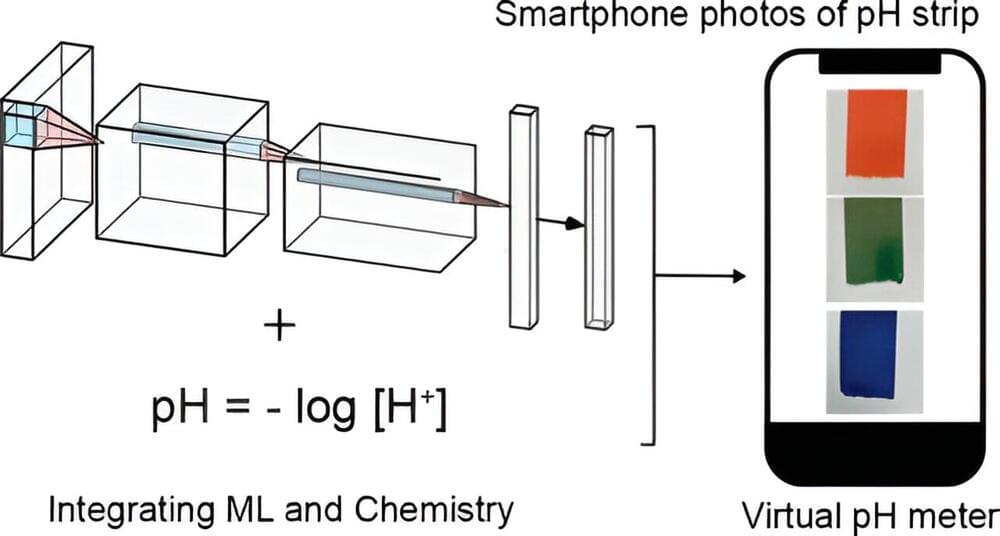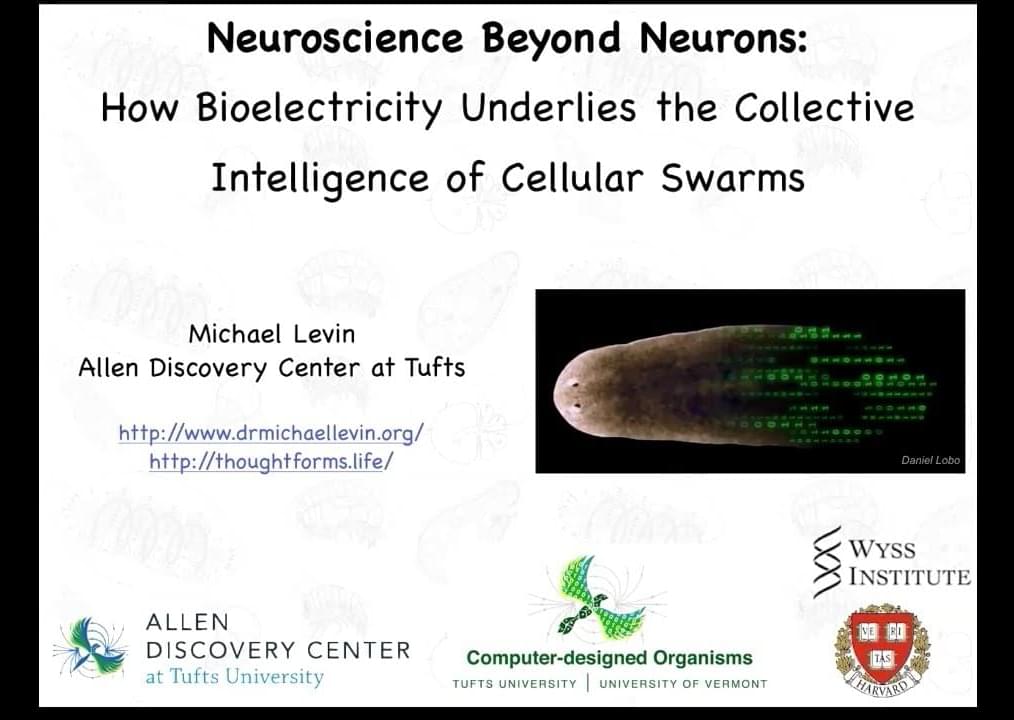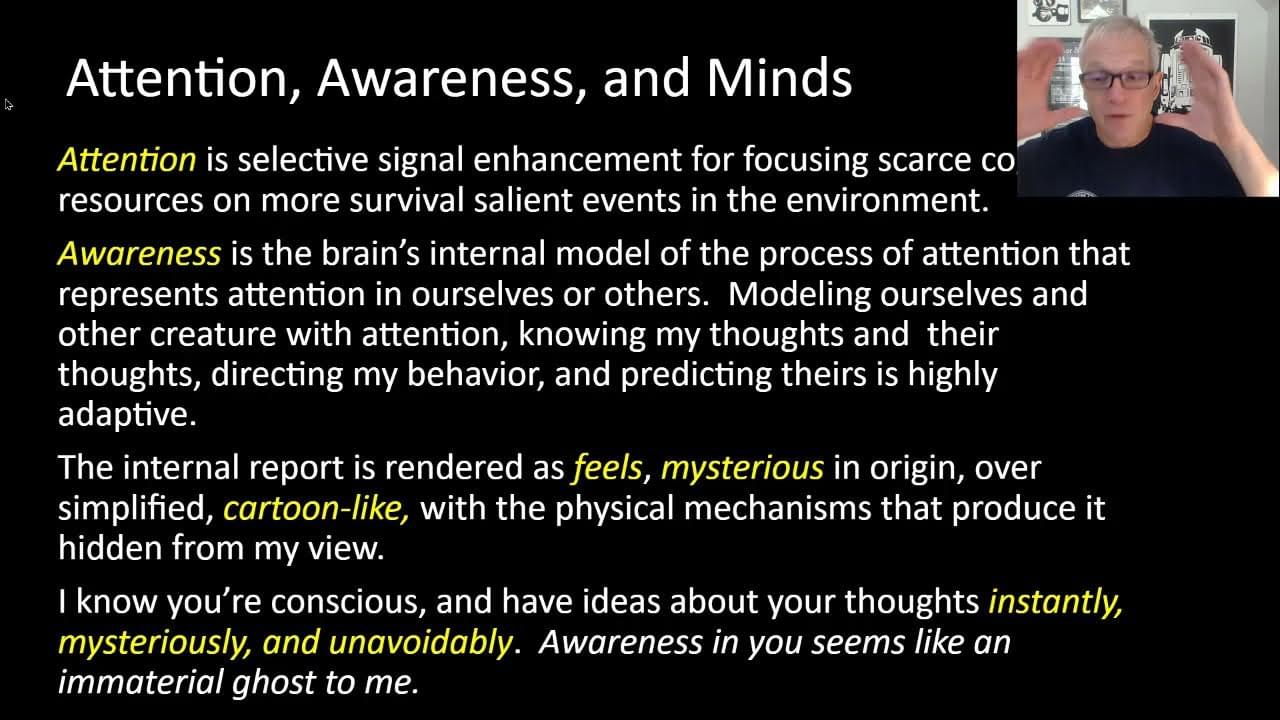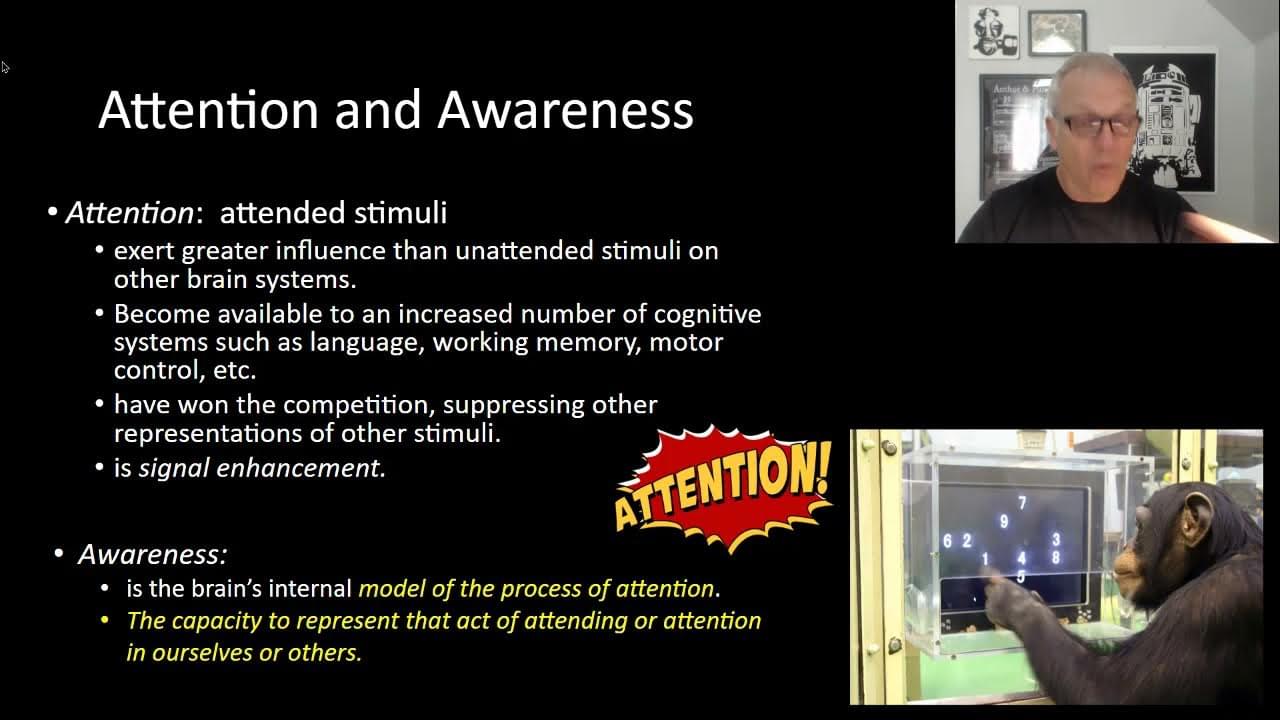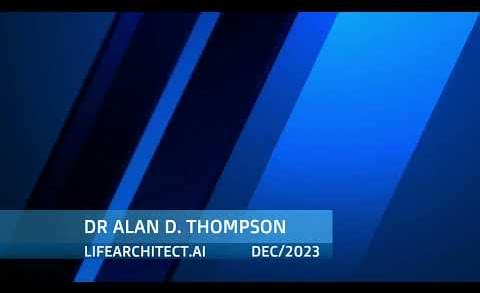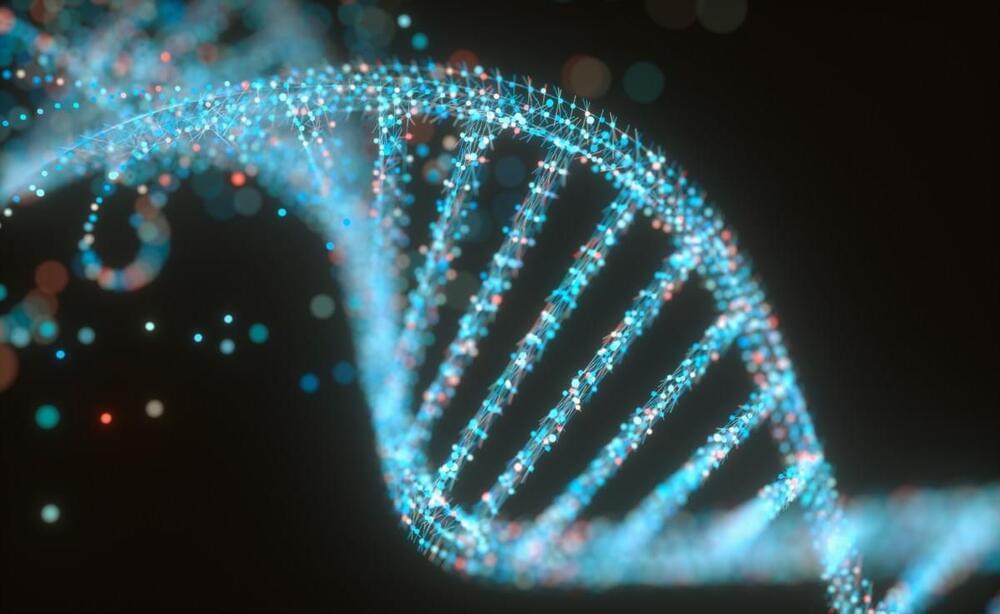Dr Carole Hooven is Co-director of Undergraduate Studies in the Department of Human Evolutionary Biology at Harvard University and an author. Testosterone is a hell of a drug. It causes many things to happen in both men and women. But it’s dividing opinion even more than it’s dividing the sexes. This isn’t great for calming conversations, bridging differences or finding common ground however it’s a fascinating topic to dig into. Expect to learn what it’s like for women who go on testosterone to feel what male sex drive is like, why male deer in Scotland grow antlers and fight their best friends for a few months every year, whether maternal instinct is a myth, why testosterone even exists at all, the differences between male and female orgasms, whether sex is a spectrum and much more…



